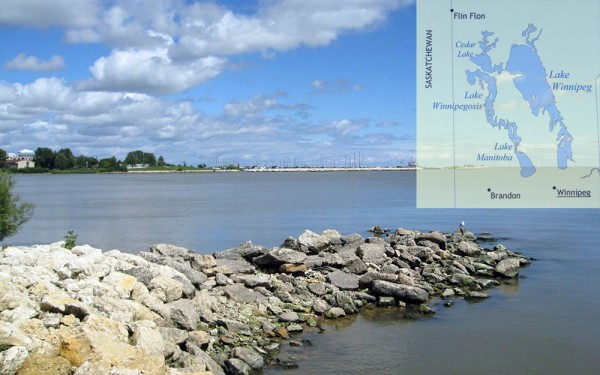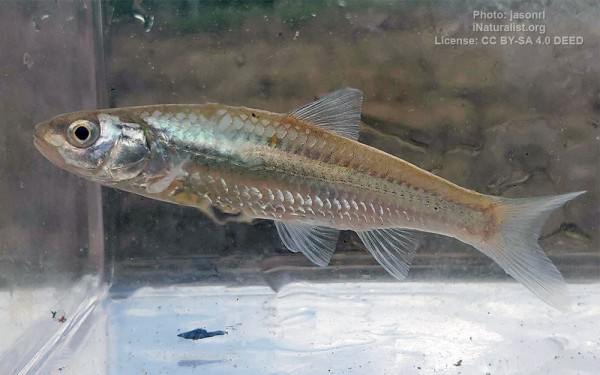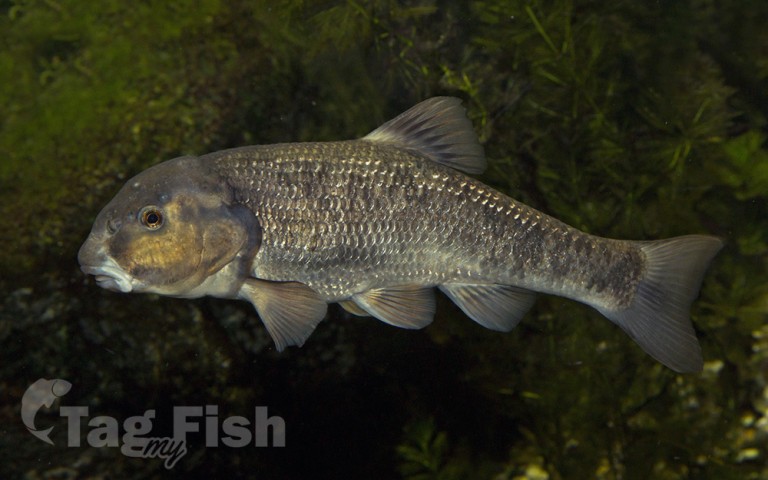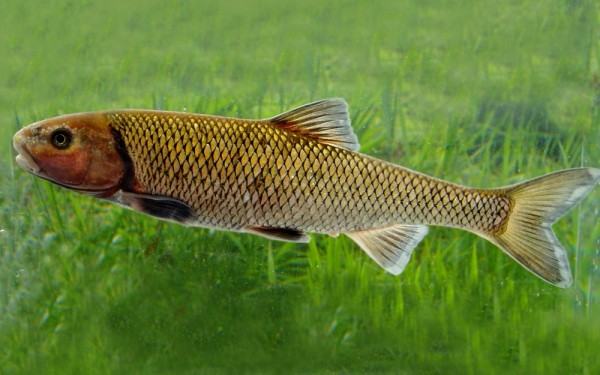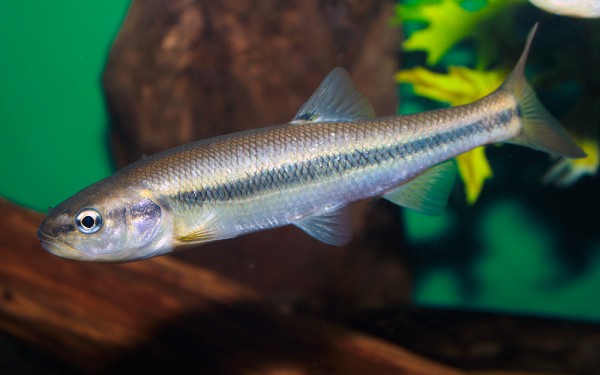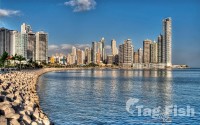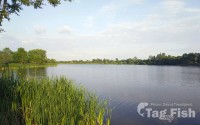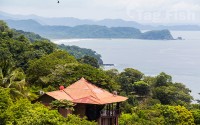Nelson River
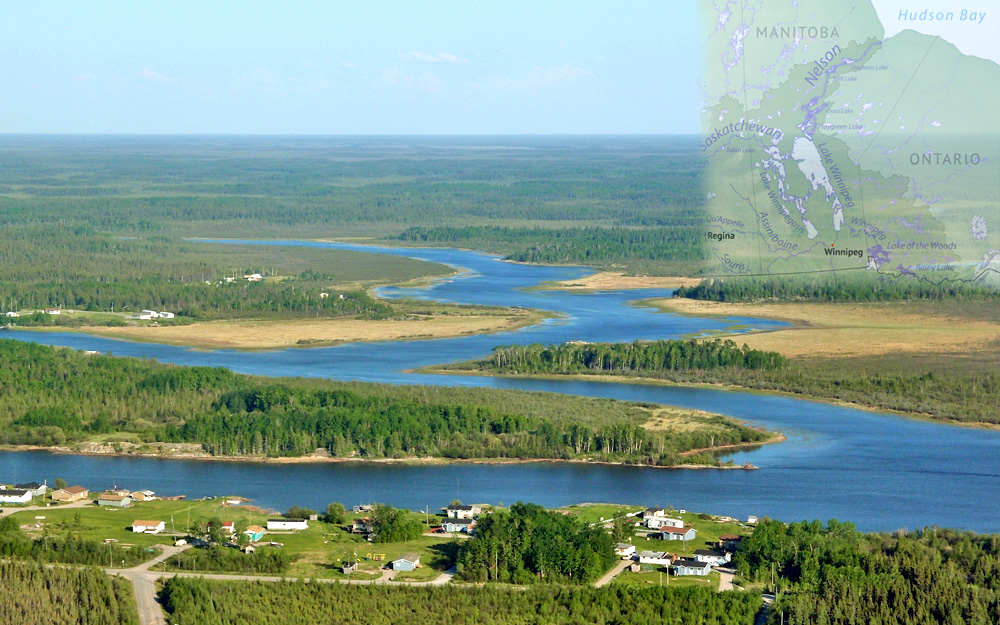
Natural lakes
Cypriniformes - Carps
Cypriniformes - Carps
The Nelson River is a river of north-central North America, in the Canadian province of Manitoba. The river drains Lake Winnipeg and runs 644 kilometres (400 mi) before it ends in Hudson Bay. Its full length (including the Saskatchewan River and Bow River) is 2,575 kilometres (1,600 mi), it has a mean discharge of 2,370 cubic metres per second (84,000 cu ft/s), and has a drainage basin of 1,072,300 square kilometres (414,000 sq mi), of which 180,000 square kilometres (69,000 sq mi) is in the United States.
Geography
The Nelson River flows into Playgreen Lake from Lake Winnipeg then flows from two channels into Cross Lake. The east channel and the Jack River flow from the southeast portion of the lake into Little Playgreen Lake then the Nelson east channel continues in a northerly direction passing through Pipestone Lake on its way to Cross Lake. The west channel flows out of the north ends of Playgreen Lake, Kiskittogisu Lake and Kiskitto Lake into Cross Lake at the Manitoba Hydros Jenpeg Generating Station and Dam. From Cross Lake, it flows through Sipiwesk Lake, Split Lake and Stephens Lake on its way to the Hudson Bay.
Since it drains Lake Winnipeg, it is the last part of the large Saskatchewan River system, as well as that of the Red River and Winnipeg River. Devils Lake is unusual for a glacial lake in being presently closed, also has been known to overflow into the Red River for at least five separate periods since deglaciation.
Besides Lake Winnipeg, its primary tributaries include the Grass River, which drains a long area north of Lake Winnipeg, and the Burntwood River, which passes through Thompson, Manitoba.
The river flows into Hudson Bay at Port Nelson (now a ghost town), just north of the Hayes River and York Factory. Other communities upriver from there include Bird, Sundance, Long Spruce, Gillam, Split Lake, Arnot, Cross Lake, and Norway House.
